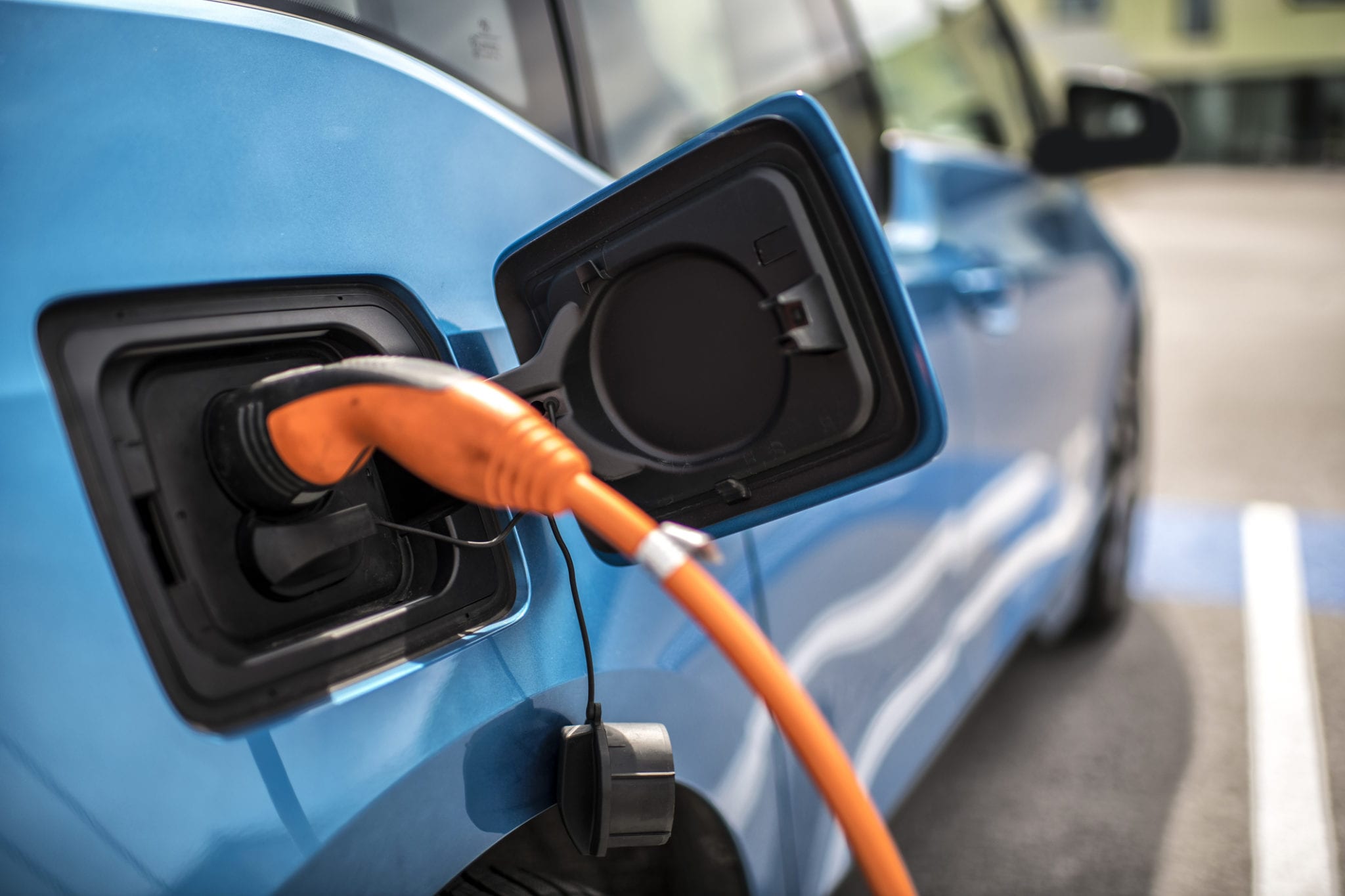Environmental Impact of EV Adoption
Understand how the growing adoption of electric vehicles is influencing the environmental landscape globally.

The increasing shift towards electric vehicles (EVs) has sparked widespread discussions about their environmental impact. With EV adoption on the rise, it is essential to delve deeper into the implications of this trend on our planet and its climate.
A Close Look at the Electric Vehicle Environmental Impact
We need to understand these implications from various angles - from production to disposal, and from raw material sourcing to energy consumption. It's a complex web of factors, but with the right information, we can navigate and understand it better.
Table of Contents
- Material and Manufacturing
- Battery Production and EV Emissions
- Power Generation and Charging Efficiency
- EV Disposal and Recycling
- Policies and EV Adoption
- Future Prospects and Electric Vehicle Environmental Impact
Material and Manufacturing

The production process of electric vehicles inherently leads to environmental effects, some of which are negative. For starters, mining the essential metals like lithium, cobalt, and nickel - used to manufacture EV batteries - is a significant source of pollution and habitat destruction. Additionally, greenhouse gases (GHGs) are released during the manufacturing process of EVs. This contributes to increasing carbon footprints.
However, it's important to note that traditional vehicles also rely on mined materials and produce GHGs during manufacturing.
GHG Emissions During EV Manufacturing
Although the exact emissions vary with each brand and model, studies show that manufacturing a mid-sized EV could produce up to 15-20% more GHGs than a similar-sized gas-powered vehicle. But before making any snap judgements, let's bear in mind that these emissions can be offset with renewable energy sources during EV operation.
Battery Production and EV Emissions
Perhaps one of the most debated aspects of electric vehicles is their battery production. The process involves mining and processing raw materials, and producing the batteries themselves, all of which contribute to GHG emissions. In fact, the EV battery production process creates a significant carbon footprint, greater than that of creating a conventional vehicle’s engine.
While this might seem to tip the scale in favor of conventional vehicles, it's crucial to remember that the comparison needs to include vehicle emissions during usage. By this measure, EVs come out on top. To give you a clear picture, here’s a comparison:
- Conventional Vehicles: Although they may emit less CO2 during production, their fuel burning during operation emits large amounts of CO2 and other harmful pollutants continuously.
- Electric Vehicles: While CO2 emission during production is higher, the operational phase is incredibly low-emitting, making EVs a clear winner in the long run.
Power Generation and Charging Efficiency

EVs are zero-emission vehicles at the tailpipe, but to fully evaluate their environmental impact, we must also consider how the electricity that powers them is produced. The carbon footprint of an EV can vary significantly depending on the energy mix of the region where it's charged.
For instance, an EV charged in a region heavily dependent on coal for energy will have a larger carbon footprint compared to one charged in an area with a significant proportion of renewable energy. This is largely due to the carbon intensity of power generation; coal-fired power plants produce much higher emissions than renewable energy sources.
Charging Efficiency
Another crucial factor is the efficiency of charging EV batteries. The charging process loses some energy as heat, which can vary based on the design of the charger and the battery. The good news is, manufacturers are constantly innovating to reduce these losses and improve charging efficiency.
EV Disposal and Recycling
The disposal of used electric vehicles and their batteries is a crucial aspect to consider when investigating their environmental impact. Batteries, in particular, pose a unique challenge because of their toxicity. If not disposed of or recycled properly, these batteries can lead to environmental contamination.
Fortunately, innovation in recycling technology is rapidly evolving to tackle this pressing issue.
Increasing Focus on Battery Recycling
Currently, many industry players are putting efforts into developing efficient and cost-effective ways to recycle EV batteries. Recycling these batteries could lead to a significant reduction in the demand for raw materials, creating a virtuous cycle that further lessens the environmental impact of EVs.
Policies and EV Adoption

The ongoing trend of EV adoption is heavily influenced by governmental policies worldwide. In many countries, policies geared towards reducing carbon emissions have spurred the shift towards EVs. From tax incentives to fuel efficiency standards, these initiatives play a vital role in promoting EV adoption and indirectly influence the overall environmental impact.
Global EV Policies
Many nations have committed to phasing out internal combustion engine vehicles in the future, including Norway, Sweden, and France. Even in the U.S., the state of California, a significant car market player, has announced plans to ban the sale of new gas-powered cars by 2035.
Future Prospects and Electric Vehicle Environmental Impact
Given the current trajectory, it's evident that electric vehicles will play a key part in the world's transportation future. And as the technology advances and becomes more mainstream, the environmental impact is expected to decrease significantly.
Moreover, as more renewable energy sources come online and replace fossil fuels for electricity generation, the carbon footprint during EV operation will continually lessen. Not to mention, with the rise of recycling technologies, the environmental impact from battery disposal will also be considerably reduced.
Here are some key factors that will influence the environmental impact of EVs in the future:
- Improved Battery Technology: As the efficiency of batteries improves, the energy required for their production will decrease, thereby reducing associated emissions.
- Increased Use of Renewable Energy: A shift towards renewable energy for electricity generation will further cut down the emissions associated with charging EVs.
- Better Recycling Practices: As more effective recycling methods are developed, the environmental impact of battery disposal will be significantly mitigated.
Looking Forward
In conclusion, while the environmental impact of electric vehicles isn't insignificant, it's likely to lessen over time. Plus, compared to their gas-guzzling counterparts, EVs clearly have the upper hand when it comes to long-term sustainability. So buckle up for a cleaner, greener future as EVs take the wheel!
What's Your Reaction?































































